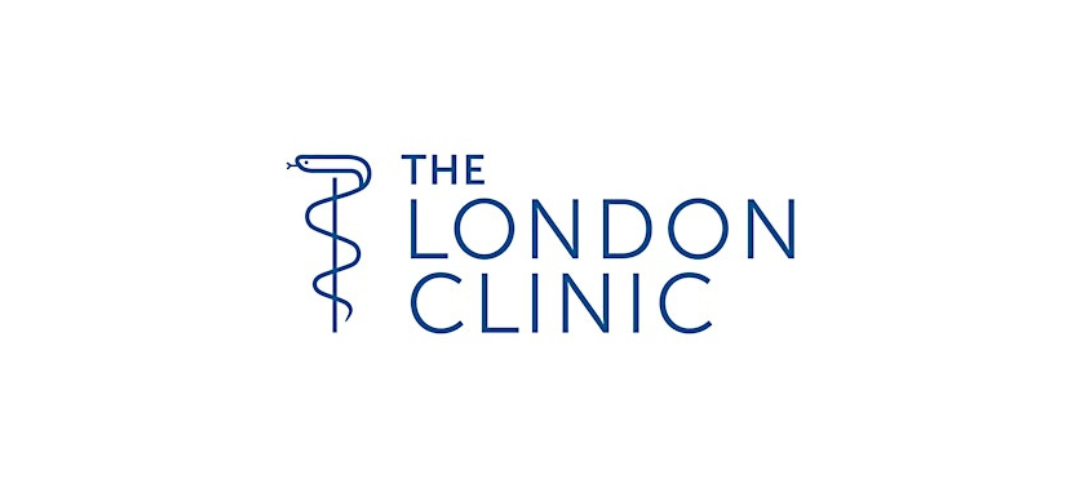Hall B, Levy S, Dufault-Thompson K, et al. BilR is a gut microbial enzyme that reduces bilirubin to urobilinogen. Nat Microbiol 2024;9:178-184.
Summary:
During biology classes at St. Paul’s School in India, I remember being taught that the colour of urine is yellow because of a by-product of bile called urobilin. Derangement of metabolism of bilirubin from bile can cause jaundice. The bacterial enzyme that converts bilirubin to urobilinogen which then degrades into urobilin, has remained unidentified until now. The authors of this article in Nature Microbiology used biochemical analyses and comparative genomics to identify bilirubin reductase (BilR) as a gut microbiome-derived bilirubin reductase that reduces bilirubin to urobilinogen. This reductase is predominantly encoded by Firmicutes species (Gram positive bacteria in the gut) and is almost ubiquitous in healthy adults. It is decreased in neonates and patients with inflammatory bowel disease (IBD) [1]. As urologists it is important for us to know why the colour of urine is yellow and what we should do if the colour changes, especially to red, in the era of rapid, one-stop diagnostics.
My take on it:
Although urobilin was known as the yellow pigment in urine more than 125 years ago, the enzyme responsible for its production has alluded scientists until now. It was previously thought that multiple different enzymes were involved in the reduction of bilirubin. We now know that a single enzyme is responsible the reduction of bilirubin. The investigators who found it, have named the enzyme, bilirubin reductase (BilR).
The reduction of bilirubin is intimately linked with gut microbiomes which have thus far been difficult to study. This is because most of them live in largely anaerobic conditions and are sensitive to exposure to oxygen in laboratory settings. Furthermore, advances in genome sequencing have helped in the identification of this key enzyme BilR. The authors were able to profile its abundance in 7,960 metagenomes, and demonstrated that biliru-
bin reduction is a key feature of a healthy adult human microbiome. Neonates with high incidence of neonatal jaundice are often missing BilR. It is also decreased in patients with IBD [1].
This is important knowledge for all urologists and their patients, especially if the colour of urine changes from yellow to red. Haematuria is an alarming symptom for our patients although the excess consumption of beetroot and haemoglobinuria can mimic this. In the latter there is an absence of red blood cells in the urine. Most patients with haematuria are now seen in rapid diagnostic clinics where clinical assessment followed by investigations including imaging and cystoscopy happen within a “one stop” environment. This is often better than multiple clinic visits and the anxiety that ensues while waiting for results. Apart from haematuria the other common reasons for referral to a rapid diagnostic clinic are an abnormal PSA test or a testicular lump which is easily evaluated by clinical examination and an ultrasound scan.
The main concern in patients with haematuria is the diagnosis of a urinary tract malignancy. In a systematic review of 44 studies with 229,701 patients, the pooled incidence rate for urothelial bladder cancer was 17% for visible haematuria (VH) and 3.3% for nonvisible haematuria (NVH). The pooled incidence rate for renal cell carcinoma (RCC) was 2% for VH and 0.58% for NVH. The pooled incidence rate for UTUC was 0.75% for VH and 0.17% for NVH. Male gender and smoking history were risk factors for these cancers especially for bladder cancer, while the incidence of RCC and UTUC in NVH was low. This means that a significant proportion of patients with haematuria can be investigated and reassured after “one stop” investigations.
But what about the other common reason for referral to a rapid diagnostic clinic – the abnormal PSA test? A total of 2130 patients from three centres completed a RAPID pathway based on multiparametric MRI prostate and transperineal prostate biopsies under local anaesthetic or sedation. It allowed 43% of patients to avoid an immediate biopsy based on a non-suspicious MRI. They were discharged to their GP with ad personam PSA level for re-referral. Clinically significant prostate cancer was found in 26%. Of the 141 consecutive patient reported surveys, satisfaction was high with the rapid diagnostic pathway, with 50% indicating preference for having tests on a single day.
As our ability to perform urological investigations rapidly and more accurately improves, it is inevitable that patients and policy makers will demand more rapid diagnostic pathways which will ultimately reduce the significant waiting times that we all face post COVID.
Professor Prokar Dasgupta
Professor of Urology
The London Clinic, UK
References
- Hall B, Levy S, Dufault-Thompson K, et al. BilR is a gut microbial enzyme that reduces bilirubin to urobilinogen. Nat Microbiology 2024;9:178-184.
- Rai BP, Dominguez Escrig JL, Vale L, et al. Systematic Review of the Incidence of and Risk Factors for Urothelial Cancers and Renal Cell Carcinoma Among Patients with Haematuria. Eur Urol 2022;82:182-192.
- Eldred-Evans D, Connor MJ, Tanaka MB, et al. The rapid assessment for prostate imaging and diagnosis (RAPID) prostate cancer diagnostic pathway. BJU Int 2023;131:461–470.

